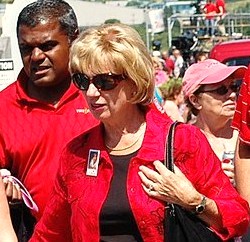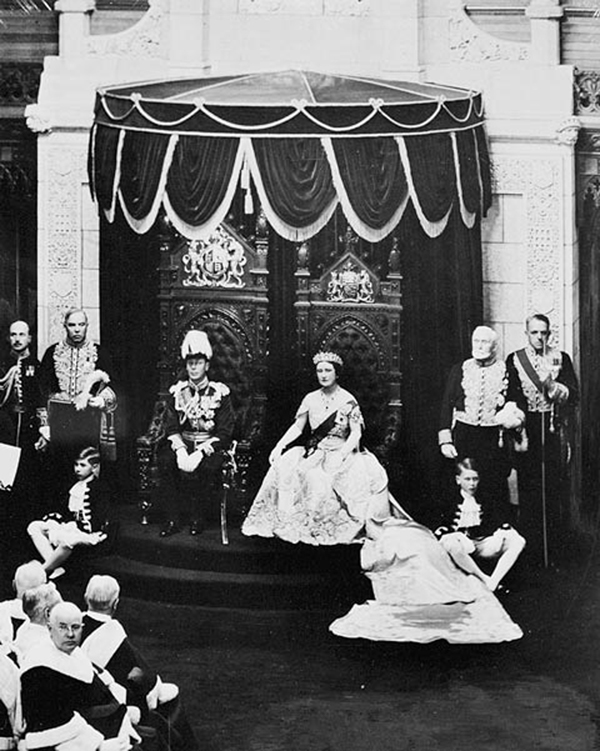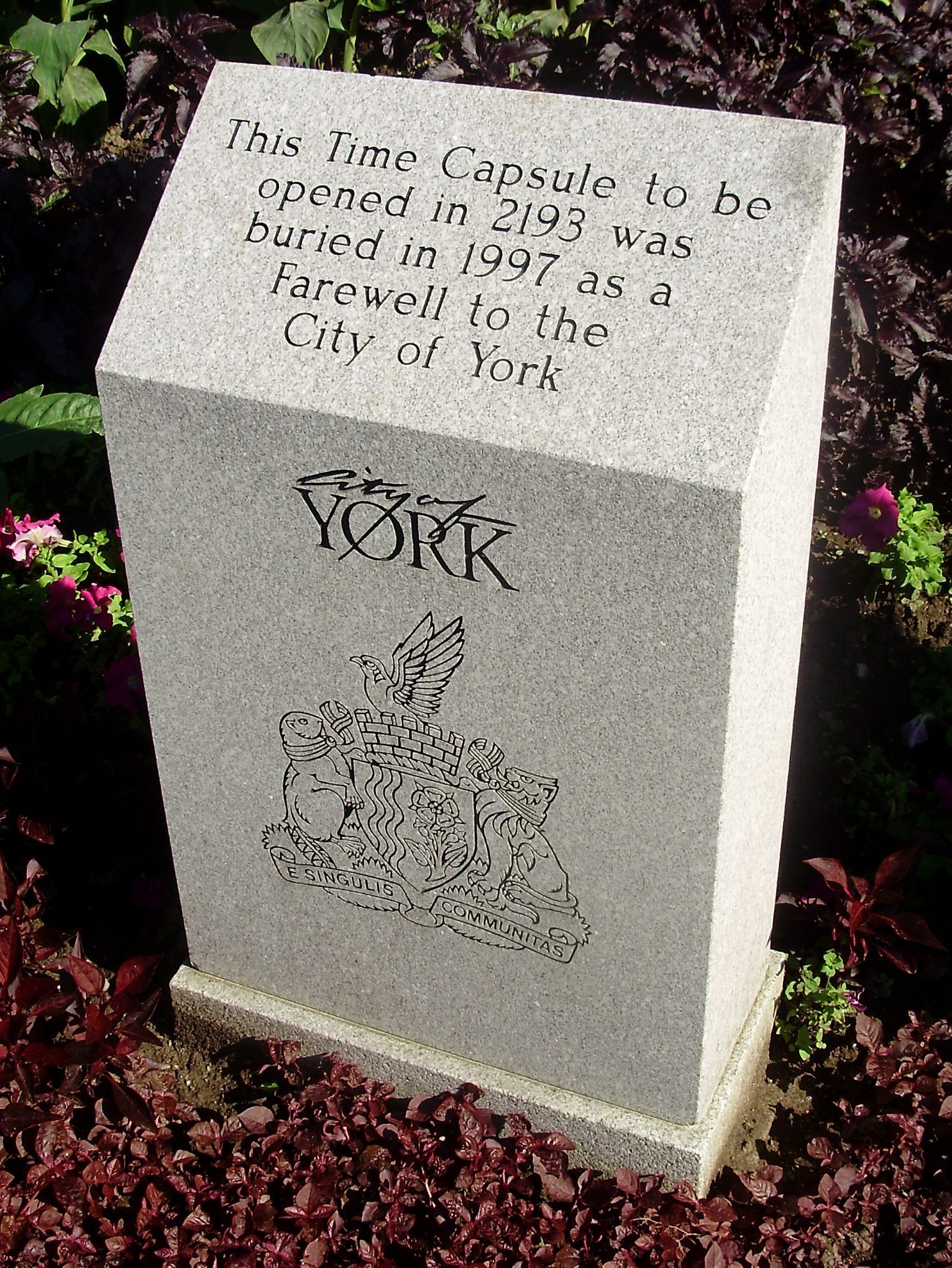|
City Of Toronto Act
The ''City of Toronto Act'' is a city charter–type statute which governs the organization and political powers of Toronto. There have been other acts governing the city passed by the Legislative Assembly of Ontario since Toronto's original incorporation as a city in 1834, although they have since been consolidated and repealed as the city matured over time. Toronto's governing document is the ''City of Toronto Act, 2006''. 1834 incorporation On March 6, 1834, the provincial legislature passed an act which created the City of Toronto from the unincorporated town of York. The act severed Toronto from York County. This allowed for the creation of the local government or city council. The act was transferred to the succeeding governments of Canada West in 1840 and Ontario in 1867. The incorporation remained in effect throughout Toronto's mergers with other cities and towns of York County until the creation of Metropolitan Toronto in 1954. ''The Municipality of Metropolitan Tor ... [...More Info...] [...Related Items...] OR: [Wikipedia] [Google] [Baidu] |
City Charter
A city charter or town charter (generically, municipal charter) is a legal document (''charter'') establishing a municipality such as a city or town. The concept developed in Europe during the Middle Ages. Traditionally, the granting of a charter gave a settlement and its inhabitants the right to town privileges under the feudal system. Townspeople who lived in chartered towns were burghers, as opposed to serfs who lived in villages. Towns were often " free", in the sense that they were directly protected by the king or emperor, and were not part of a feudal fief. Today, the process for granting is determined by the type of government of the state in question. In monarchies, charters are still often a royal charter given by the Crown or the authorities acting on behalf of the Crown. In federations, the granting of charters may be within the jurisdiction of the lower level of government, such as a province. Canada In Canada, charters are granted by provincial authorities. ... [...More Info...] [...Related Items...] OR: [Wikipedia] [Google] [Baidu] |
North York
North York is a former township and city and is now one of the six administrative districts of Toronto, Ontario, Canada. It is located in the northern area of Toronto, centred around Yonge Street, north of Ontario Highway 401. It is bounded by York Region to the north at Steeles Avenue, (where it borders Vaughan) on the west by the Humber River (Ontario), Humber River, on the east by Victoria Park Avenue. Its southern boundary is erratic and corresponds to the northern boundaries of the former municipalities of Toronto: York, Toronto, York, Old Toronto and East York. As of the 2016 Census, the district has a population of 644,685. North York was created as a township in 1922 out of the northern part of the former Township (Canada), township of York, a municipality that was located along the western border of the-then Old Toronto, City of Toronto. Following its inclusion in Metropolitan Toronto in 1953, it was one of the fastest-growing parts of Greater Toronto due to its proxim ... [...More Info...] [...Related Items...] OR: [Wikipedia] [Google] [Baidu] |
Metro Toronto
The Municipality of Metropolitan Toronto was an Regional municipality, upper-tier level of municipal government in Ontario, Canada, from 1953 to 1998. It was made up of the Old Toronto, old city of Toronto and numerous townships, towns and villages that surrounded Toronto, which were starting to urbanize rapidly after World War II. It was commonly referred to as "Metro Toronto" or "Metro". Passage of the City of Toronto Act#City of Toronto Act, 1997 (Bill 103), 1997 ''City of Toronto Act'' caused the Amalgamation of Toronto#1998 amalgamation, 1998 amalgamation of Metropolitan Toronto and its constituents into the current Toronto, City of Toronto. The boundaries of present-day Toronto are the same as those of Metropolitan Toronto upon its dissolution: Lake Ontario to the south, Etobicoke Creek and Ontario Highway 427, Highway 427 to the west, Steeles Avenue to the north, and the Rouge River (Ontario), Rouge River to the east. History City and suburbs Prior to the formation of M ... [...More Info...] [...Related Items...] OR: [Wikipedia] [Google] [Baidu] |
Common Sense Revolution
The phrase Common Sense Revolution (CSR) has been used as a political slogan to describe conservative platforms with a main goal of reducing taxes while balancing the budget by reducing the size and role of government. It has been used in places such as Australia and Canada. This article deals with the "Common Sense Revolution" as it was under Ontario Premier Mike Harris and the Progressive Conservative Party of Ontario from 1995 to 2002. Origin From 1943 to 1985, the Progressive Conservative Party (PC) held uninterrupted power in Ontario, under Red Tory premiers such as Leslie Frost, John Robarts, and Bill Davis. In 1985, this era of Conservative Premiers (termed the Big Blue Machine by observers) came to an end when the minority government of Davis' successor, Frank Miller, was defeated in the legislature and in the subsequent provincial election when the Ontario Liberal Party formed a minority government and the Liberal leader, David Peterson, was sworn in as premier. The ... [...More Info...] [...Related Items...] OR: [Wikipedia] [Google] [Baidu] |
Politics Of Toronto
The politics of Toronto, Ontario, Canada involve the election of representatives to the federal, provincial, and municipal levels of government. A total of 25 Members of Parliament (MPs) representing Toronto sit in the House of Commons of Canada in Ottawa (the federal capital), and another 25 Members of Ontario's Provincial Parliament (MPPs) sit in the Legislative Assembly of Ontario at Queen's Park, in Toronto. Being Ontario's capital, many provincial offices are located in the city. Overview In terms of electoral politics, Toronto had been an important source of support for the federal Liberal Party of Canada and the provincial Ontario Liberal Party although the downtown area tends to support the New Democratic Party (NDP). The federal Conservative Party and the provincial Progressive Conservative Party have historically been weaker in the city, but some right-leaning Liberals come from Toronto ridings. In the past, the Liberals usually dominated the inner portions of the ... [...More Info...] [...Related Items...] OR: [Wikipedia] [Google] [Baidu] |
Royal Assent
Royal assent is the method by which a monarch formally approves an act of the legislature, either directly or through an official acting on the monarch's behalf. In some jurisdictions, royal assent is equivalent to promulgation, while in others that is a separate step. Under a modern constitutional monarchy, royal assent is considered little more than a formality. Even in nations such as the United Kingdom, Norway, the Netherlands, Liechtenstein and Monaco which still, in theory, permit their monarch to withhold assent to laws, the monarch almost never does so, except in a dire political emergency or on advice of government. While the power to veto by withholding royal assent was once exercised often by European monarchs, such an occurrence has been very rare since the eighteenth century. Royal assent is typically associated with elaborate ceremony. In the United Kingdom the Sovereign may appear personally in the House of Lords or may appoint Lords Commissioners, who anno ... [...More Info...] [...Related Items...] OR: [Wikipedia] [Google] [Baidu] |
Progressive Conservative Party Of Ontario
The Progressive Conservative Party of Ontario (PC; ), often shortened to the Ontario PC Party, or simply the PCs, colloquially known as the Tories, is a Centre-right politics, centre-right political party in Ontario, Canada. During its uninterrupted governance from 1943 to 1985, the Ontario PC Party adhered to the ideology of Red Toryism, favouring government intervention in the economy, increased spending on infrastructure, education and health care and being progressive on social issues such as equal pay for women, anti-discrimination laws, voting rights for First Nations in Canada, First Nations people and Franco-Ontarians, French-language services. In the 1990s, the party underwent a shift to Blue Toryism after the election of Mike Harris as leader, who was Premier of Ontario, premier from 1995 to 2002 and favoured a "Common Sense Revolution" platform of cutting taxes and government spending while balanced budget, balancing the budget through small government. The PCs lost po ... [...More Info...] [...Related Items...] OR: [Wikipedia] [Google] [Baidu] |
Amalgamation Of Toronto
The amalgamation of Toronto was the creation of the city limits of Toronto, Ontario, Canada after amalgamation (politics), amalgamating, annexation, annexing, and merger (politics), merging with surrounding municipalities since the 18th century. The most recent occurrence of amalgamation was in 1998, which dissolved the federation of Metropolitan Toronto and its constituent municipalities, and created the current "megacity" of Toronto. 1791–1882: Founding of settlements *1791: The townships of Etobicoke, York, Ontario, York and Scarborough, Ontario, Scarborough are surveyed in preparation for settlement. *1793: The unincorporated town of York is founded within York township on August 27. This is named in honour of Prince Frederick, Duke of York and Albany, the Duke of York and Albany, King George III's second son. The area had previously been known as Toronto. *1830: The unincorporated Yorkville, Toronto, Village of Yorkville was founded. *1834: York, Upper Canada, York was i ... [...More Info...] [...Related Items...] OR: [Wikipedia] [Google] [Baidu] |
Fred Gardiner
Frederick Goldwin Gardiner, (January 21, 1895 – August 21, 1983) was a Canadian politician, lawyer and businessman. He was the first chairman of Metropolitan Toronto council, the governing body for the Municipality of Metropolitan Toronto, from 1953 to 1961. As Metro Chairman, Gardiner, nicknamed "Big Daddy," was a staunch advocate of growth and expansion and was responsible for many capital works projects, including the Gardiner Expressway (named for him) and the Don Valley Parkway. Gardiner, after graduating first in his law class, became a well-known criminal lawyer. He invested in various businesses, including consumer credit, sawmills, manufacturing and mining. At one time, he was the largest shareholder in the Toronto-Dominion Bank. Gardiner was a prominent member of the Progressive Conservative Party of Canada in both federal and provincial politics, organized conventions and developed policy in the 1930s and 1940s. He was instrumental in the updating of the Conserv ... [...More Info...] [...Related Items...] OR: [Wikipedia] [Google] [Baidu] |
York, Toronto
York is a district and former city within Toronto, Ontario, Canada. It is located northwest of Old Toronto, southwest of North York and east of the Humber River (Ontario), Humber River. Originally formed as York Township, it encompassed the southern section of York County. It was split several times, creating East York and North York. In 1953, it became part of the Metropolitan Toronto federation. It absorbed several municipalities, including Lambton, Toronto, Lambton Mills and Weston, Toronto, Weston and was eventually known as the City of York. In 1998, it was dissolved along with Metro Toronto and its constituent municipalities, amalgamation of Toronto, amalgamated to form the current Municipal government of Toronto, City of Toronto. Today, the area is integrated into the multicultural mosaic of Toronto. The area is home today to several ethnic enclaves such as Portuguese, Jamaican and Latin American neighbourhoods. History Teiaiagon, settled by the Iroquois on the east ... [...More Info...] [...Related Items...] OR: [Wikipedia] [Google] [Baidu] |
Weston, Toronto
Weston is a neighbourhood and former town in Toronto, Toronto, Ontario, Canada. The neighbourhood is situated in the northwest of the city, south of Highway 401 and Highway 400/Black Creek Drive, east of the Humber River (Ontario), Humber River, north of Eglinton Avenue, and west of Jane Street (Toronto), Jane Street. The eponymous Weston Road, just north of Lawrence Avenue is the historic core of Weston, with many small businesses and services. Weston was incorporated as a village in the 19th century and was absorbed into the York, Toronto, Borough of York in the late 1960s. York itself was amalgamated into Toronto in 1998. Weston is one of the few former towns and villages in Toronto located in a generally suburban setting, although it is contiguous with the inner city to the southeast along Weston Road. It is also one of the few not developed as a planned satellite town, as is the case with Leaside or New Toronto. Description Weston's building stock consists mostly of Victorian ... [...More Info...] [...Related Items...] OR: [Wikipedia] [Google] [Baidu] |
Swansea, Toronto
Swansea is a neighbourhood in the city of Toronto, Ontario, Canada, bounded on the west by the Humber River, on the north by Bloor Street, on the east by High Park and on the south by Lake Ontario. The neighbourhood was originally a separate municipality, the Village of Swansea, which became part of Metropolitan Toronto in 1953. Swansea is represented by Ward 4 Parkdale—High Park along with the federal and provincial ridings of Parkdale—High Park and the postal code is M6S. It is patrolled by the 11 Division of the Toronto Police Service. Character Swansea is primarily residential in nature, consisting of a mix of various housing types. Swansea's high-end homes are located either at the western edge of High Park overlooking Grenadier Pond, or on Riverside Drive and the Brule Gardens enclave bordering the Humber River. Swansea also contains a large number of semi-detached houses and bungalows located mostly in the centre of the neighbourhood. The typical house of the ar ... [...More Info...] [...Related Items...] OR: [Wikipedia] [Google] [Baidu] |





